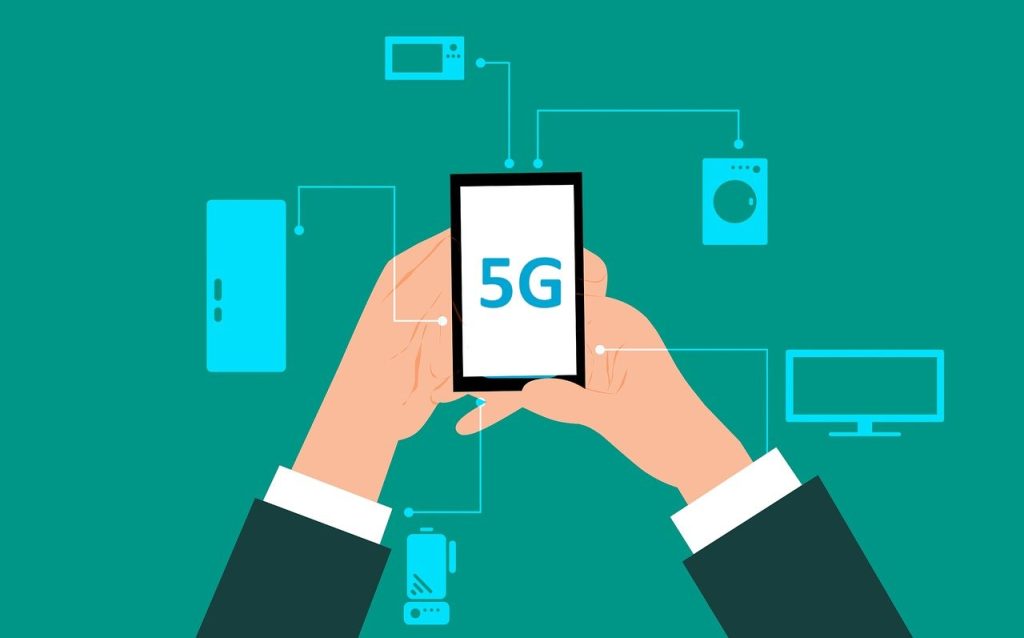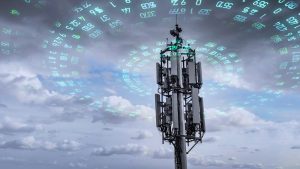Compare 5G Networks To 4G Networks For Data Centers

In comparison to 4G, 5G collaboration guarantees quicker internet connections, reduced latency, and much more ability for various devices. Business owners are speeding up its implementation and the use of 5G throughout all areas of operation, such as computer servers.
Information systems must start preparing again for enhanced utilization of 5G. 5G connectivity utilizes quite distributed necessary components than 4G, which affects actual network infrastructure models and configurations. It will have the ability to increase its use of municipal or small computer servers that are ensured right towards the side desktop computers discovered in 5G technology.
With both the implementation of 5G technology, there seems to be a need for better broadband and data rates. Business applications are heavily favored to win the 5G countryside in the years ahead, outpacing the break-even peak.
5G connections vs. 4G connections
When this was first invented, 4G connectivity shows major progress placed above white 3G networks. It facilitated extra bandwidth, greater cell concentration, as well as enhanced VoIP functionality. Inside the particular instance of 4G Mobile internet, it useful types of traffic on the very same channels. This connectivity era has seen an outburst in advancement due to IoT expansion, enhanced smartphone applications worldwide, and enhanced teleworking.
Many data center operators merely added further equipment to one‘s infrastructure, including such switches and routers, to endorse 4G connections. As a result, carbon output, energy usage, and temperature end up costing all have risen. As a result, information systems started to integrate so many virtual machines and packaging into their frameworks to minimize the number of hardware resources and optimum structures across facilities.
5G networks employ a unique network architecture. To adapt to 5G, computer systems cannot just add so much equipment or virtualization software. 5G is indeed a distributed communication network that really can occur even in a data center. It employs tiny and telephoto cell lines the dimensions of cardboard boxes that are councils to the gadgets with which it links. Transmitters and grouped cells transfer throughout all bandwidths, such as low bands or less than 1 GHz, early concerts ranging from 1-6 GHz, as well as elevated bands recognized as mm-wave. This empowers 5G networks to quicker and more efficient higher data rates versus higher Bandwidth and ordinary transfer speeds of much more than 1 Gbps.




